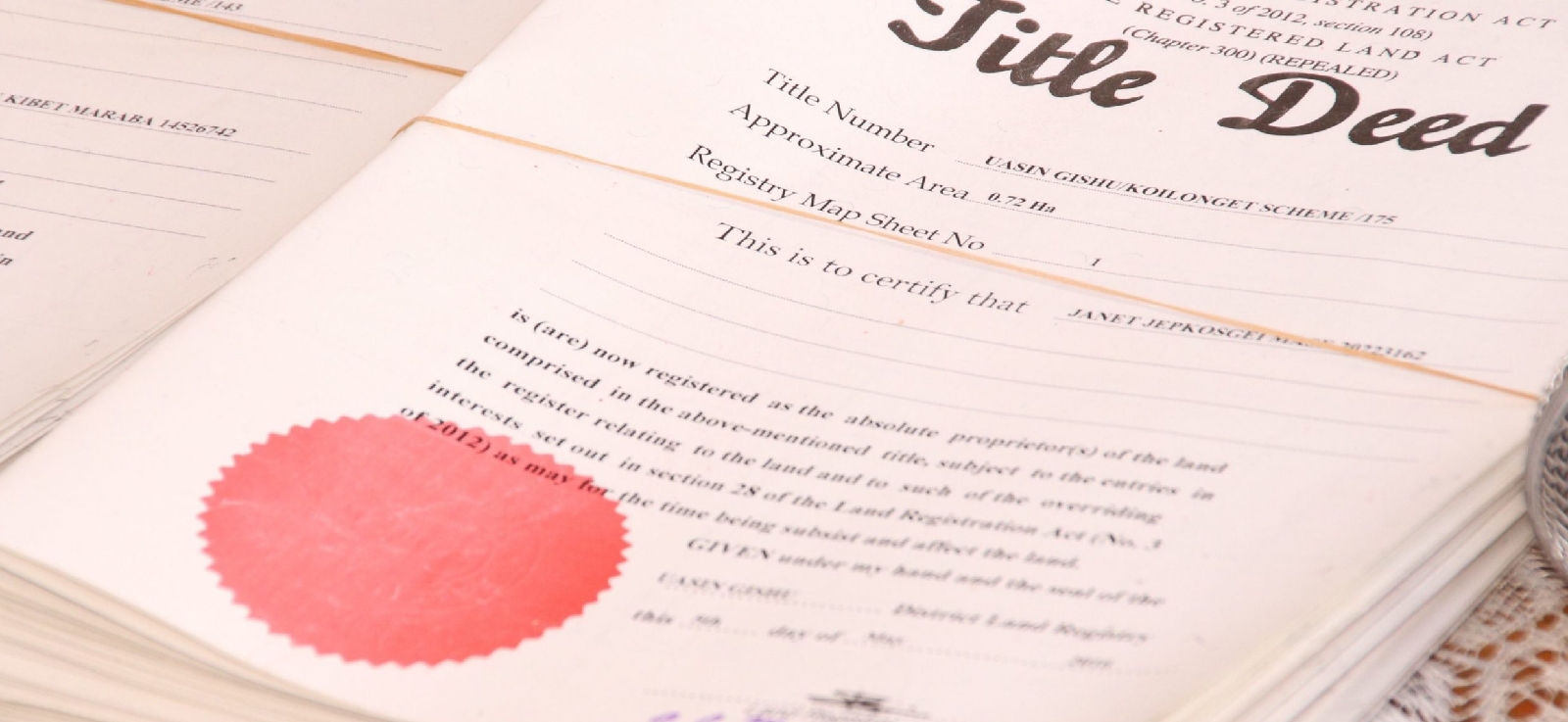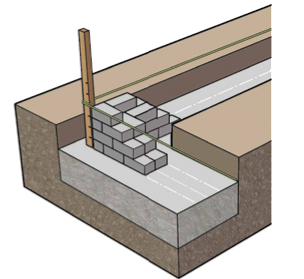Lake Properties Lake Properties
Lake Properties Lake PropertiesHere's a detailed step-by-step breakdown of what a seller needs to do after accepting an offer on a house in South Africa, including what happens behind the scenes and how long each step might take:
1. Sign the Offer to Purchase (OTP)
- What it is: A formal agreement between buyer and seller detailing the purchase price, conditions (e.g. subject to bond approval), and deadlines.
- Why it's important: Once both parties sign, the OTP becomes legally binding. Backing out can lead to legal consequences.
- Timing: Immediate, usually done with the estate agent present.
2. Appoint a Conveyancing Attorney
- Who appoints them: In South Africa, the seller typically chooses the conveyancer.
- Role: The conveyancer prepares all documents, liaises with the bank (if there's a bond), municipality, SARS, and buyer’s attorney. They also ensure registration at the Deeds Office.
- What the seller needs to do: Provide identity docs, marital status details, and title deed (if available).
3. Provide Documents and Authorizations
You’ll need to provide:
- ID book or card.
- Marriage certificate (or ANC contract, if applicable).
- Title deed (or your bank’s bond reference if still bonded).
- Municipal account details for clearance purposes.
- Authorization for bond cancellation (if applicable).
4. Obtain and Pay for Compliance Certificates
You must supply various compliance certificates:
- Electrical Certificate of Compliance (CoC): Mandatory.
- Beetle Certificate: Required in some coastal areas, especially for freestanding homes.
- Plumbing Certificate: Required in cities like Cape Town.
- Gas Certificate: Needed if you have a gas installation.
Tip: Hire certified contractors to inspect and issue these. Costs vary.
5. Settle Rates & Taxes in Advance
- The municipality requires upfront payment of rates, water, and electricity—usually 2 to 3 months’ worth, even if you’re selling.
- The conveyancer applies for a Rates Clearance Certificate.
- Timeframe: This step alone can take 10–30 days, depending on the municipality.
6. Cancel the Existing Bond (If Any)
- Your conveyancer will notify your bank to cancel your home loan.
- Most banks require 90 days' notice to avoid early termination penalties.
- Once cancellation figures are issued, your bank will send the bond cancellation instructions to the bond cancellation attorney (appointed by the bank).
7. Wait for the Buyer’s Bond Approval
- If the OTP is subject to the buyer obtaining a home loan, this must be finalized before transfer can proceed.
- The buyer’s bank appoints their own bond attorney, who works with your conveyancer.
- This can take anywhere from 7 to 30 days depending on how quickly the buyer acts.
8. Sign Transfer Documents
- The conveyancer will call you in to sign the transfer documents, including:
- Power of Attorney to transfer the property.
- Declaration of marital status.
- Transfer duty declarations (for SARS).
- If you're overseas or unavailable, you may need to sign in front of a notary or consulate.
9. Transfer Duty & SARS Clearance
- The conveyancer submits documents to SARS to pay transfer duty (usually the buyer’s responsibility unless exempt).
- SARS must issue a Transfer Duty Receipt before the property can be registered.
- Timing: 7–14 working days on average.
10. Lodgement in the Deeds Office
- Once all documents, certificates, and payments are in place, the conveyancer lodges the transfer with the Deeds Office.
- If there’s a bond: 3 sets of attorneys coordinate (bond attorney, bond cancellation attorney, and transferring attorney).
- Registration usually happens 7–10 working days after lodgement.
11. Registration and Final Handover
- Once registered, the new buyer officially owns the property.
- The buyer receives the keys (typically via the estate agent), and:
- The seller gets paid out (minus any outstanding bond or fees).
- The buyer takes over the municipal accounts.
12. Cancel Municipal Accounts & Utilities
- Notify your municipality, Eskom (if applicable), and service providers.
- Ensure final meter readings are done on or just before the registration day.



















